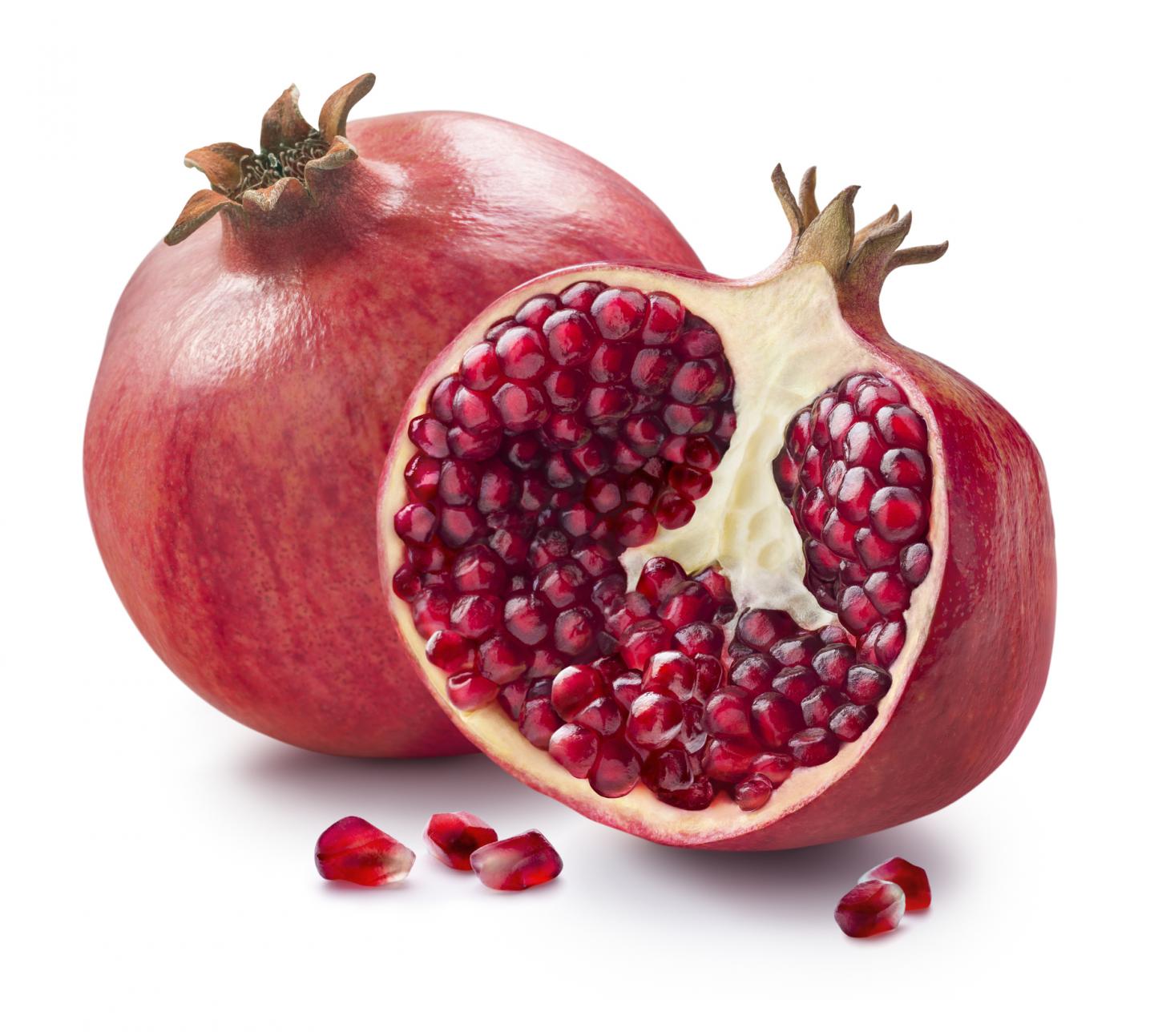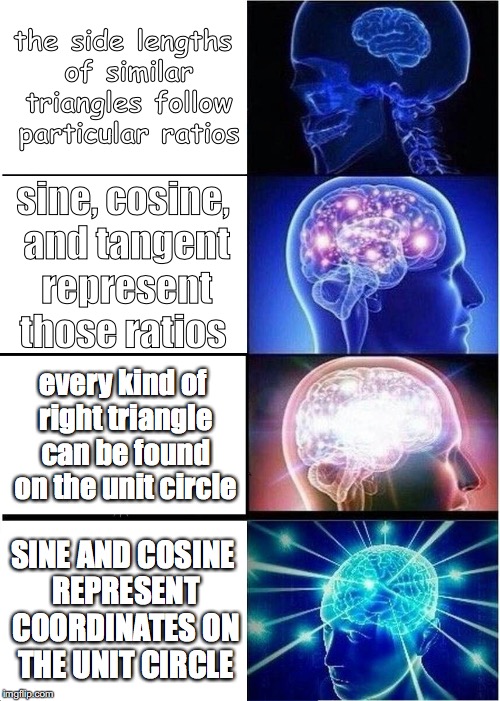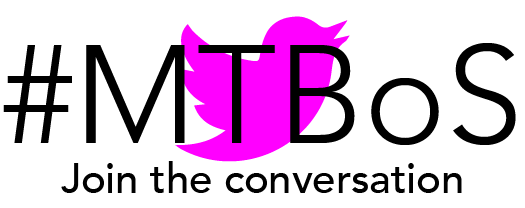This is my contribution to The Virtual Conference of Mathematical Flavors.

In order to figure out what flavor of math I’ve been serving up in my classrooms over the past six years, I’m going to take a stab at Sam Shah’s idea of working backwards from what students have written about their experiences in my math classes. (Spoiler alert: the answer is apparently pomegranate; who knew?!) Of course, not all of my students have had transformative experiences and others have straight up had a bad time. But right now, I’m going to focus on the students who have been positively impacted in order to articulate what the best implementation of my ideals has felt like.
But to be honest, it feels way scarier to share the positive things students have written about me over the years than anything critical. When I was younger, I used to brag and show off; I thought that if people knew about all the things I was good at, they would have to like me. Once I figured out that this is not how relationships work, the pendulum swung hard in the other direction for me. I grew increasingly uncomfortable accepting compliments and I minimized my achievements, working to avoid even the appearance of self-promotion. It’s an ongoing struggle to get right-sized, but lately I’ve begun to internalize the idea that being excessively diminutive is its own barrier to connection.
So with that confession out in the open, here are some of my favorite reflections students have written. (The title of this post comes from one of these!)
I would like to thank you for all your effort and enthusiasm you've brought everyday for the last nine months. Your passion for math often even overcomes my languidness at the day's end. Many teachers do not really care for their subject, and in those classes I wonder why I should care. However, you clearly love math, and while I may not share the same caliber of adoration for numbers and their wacky properties, you keep my interest in math alive. Additionally, I recognize and appreciate all the organization and extra work you do to help us succeed. The online problem sets, solutions, carefully crafted test solutions, and progress sheets are but some of the many things which have helped me study harder and study better. You are the most passionate teacher I have ever had, and for that I cannot thank you enough.
Thank you so much for being an amazing, dedicated, and exciting teacher! I'd like to amend my "math is like a ____" from earlier this year (thanks to this class and you). Math is like a pomegranate—intimidating, and kinda scary looking at first, but also incredibly fascinating and vibrant.
I loved Precalc and because of your teaching style and love for math, my love for math grew as well. Honestly sometimes I'll be lying awake thinking about something we learned in class and tears will come to my eyes because math is so beautiful. Thank you for teaching me that.
This was by far my favorite math class ever, and math is already my favorite academic subject. Like I told you in class, your enthusiasm is nothing like anything I've seen in any other teacher I've had, and it was always a pleasure to learn from you.
Your enthusiasm and patience is honestly inspiring. You make me want to succeed in math, and the units on imaginary numbers and limits have made me excited about finding interesting and creative solutions to problems. This has made me seriously consider doing something math based in college or even as a career.
I honestly think you have been one of the best math teachers I have had because I feel like the class was fun and you are so enthusiastic about the concepts that you teach us that I was excited to understand things (like De Moivre's theorem or binomial expansion) too. I felt like I really understood the expectations of the class and that I wanted to try my best; I also think you are very approachable and I felt comfortable asking for help in or outside of class. I also think you had a really good balance between letting us present problems to each other and stepping in to make corrections or add information, and you did it without making me feel bad for missing something or making a mistake.
I think this year has really been a turning point in my academic career, and I owe a lot of that to your teaching. Leaving this class, I am much more confident in my abilities and I have learned to take a lot of pride in my work, not to mention A LOT about math.
You have grown my love for this subject and blown my mind of multiple occasions and your everlasting enthusiasm for the subject fuels my own. I genuinely feel your love for math, wresting, cross country, and ever more things and it honestly makes me so happy. Your passion for the things you love inspires me to put all my heart into the activites that can challenge me but also bring me joy.
A few years ago, I started asking students to write advice to next year’s students. And when I remember, I make sure to share this advice once the new group arrives. Here are some examples of what my students have written.
Be ready to push yourself and put your mathematical skills to the test as some, if not most of the new material, will be more abstract and quite difficult. If ever you are stuck on anything, do not hesitate to ask for assistance from your fellow students and of course, your teacher. This course isn't defined just by its challenge, however. The new concepts you will learn are some of the coolest and fascinating topics in the entire world of math. I encourage you to let yourself truly absorb and enjoy what it is you will be learning, and from there you will find immense satisfaction in discovering the new mathematical ideas and techniques found in this overarching course.
I know; it doesn't feel like you're quite old enough to use the word "calculus" when referring to your classes. Actually, it feels a little overwhelming. Some of you can't help but think that math is really *not* your forte, or maybe you're thinking "I'm going to crush it". Maybe you're just here for the giggles. I can assure you that this class will be challenging and frustrating, will involve broken pencils and maybe a couple of tears. It will all be worth it. Because no matter what kind of math student, no matter how prepared you feel, at some point, you will have an "a-ha" moment. And all of the numbers, limits, combinatorics, whatever it is - it will make sense. And that will be the best moment of the year.
Get excited because this year of math with blow your mind. There might be some hardships, but it is worth it in the end. Be open to new methods of learning and approaching problems from different angles. Always trust your instincts and when you come to a complicated problem try to think of it as a simpler problems first.
You’ll actually perform a lot better on tests when you’re at a table where you feel comfortable asking questions and where other people feel comfortable asking you questions.
This part is really important: offer guidance. Some people are often afraid of seeking help when they don’t understand something because they may think that you’ll judge them or think they’re stupid. If you sense someone struggling, ask them if they understand the problem. If not, try to walk them through it, and please don’t get frustrated. It sucks to be on the other end of that frustration, especially when you didn’t seek it out yourself. The goal of this guidance isn’t to prove yourself or your own abilities; it’s to help your classmate understand a topic that they’re struggling with.
This course will be very challenging for you. The homework will take genuine effort and time and there is no way you can BS your way through a Mr. James test. That said, it will also push you to be a more self-reliant math student. You will gain confidence in your ability and leave the course ready and excited for advanced pre calc.
Not to scare you, but math this year will be challenging. You aren’t going to understand everything right away, or get the perfect score on every test, or always know the right answer. You’re going to need to ask for help, and you’re going to need to learn to be okay with that. While this class may not be easy, though, it will be useful in learning about yourself both as a math student and as a student in general.
It is often tempting to move through the academic part of school stuck in a rut of individualism. That is not to say that it isn’t beneficial to be independent at times, but just that sometimes you will struggle and will need to rely on others, and that that’s okay. Conversely, though, sometimes others will need to rely on you, and offering yourself as a resource will almost always strengthen your own understanding of the material. I know that sounds cheesy, but I genuinely believe that some of your greatest lightbulb moments, mathematical and otherwise, will arise when working through problems with others. Being the helper and being the helped don’t need to be mutually exclusive.
Reading these, some of the core beliefs I bring to my teaching are apparent to students in different courses and at different schools. I hope that my students internalize them as well:

- Math is something to get excited about. I want my math-skeptical students stay curious about why certain people openly love math, and I want them to find reasons of their own for loving math. I’m not shy about telling them when I get goosebumps when talking about math, and I don’t hesitate to make corny memes—and be super proud of them—to show how highly I think of a mathematical idea or how much their understanding has grown. (See the “extending the definition of sine and cosine” trigonometry meme I made this year.)
- Math is a playground for creativity. You can ask and answer your own questions. There are games to make up and play, connections to establish, new approaches and representations to develop, and structures to create and explore. Some of my favorite moments come when a student (or even better, a group of students) comes up with a solution pathway I’ve never considered or notices a pattern I’ve never seen before.
- Engaging with math is an opportunity to build confidence. No matter where you are in your mathematical journey, there are ideas to wrestle with in math that are hard, but not impossible. It’s like an infinite gym for your brain with an endless selection of workouts. Realizing that you can do something you’d previously found scary, intimidating, or intractable is incredibly empowering.
- Expect and welcome obstacles. In math, there’s nothing wrong with being wrong, and getting stumped is an invitation to push your thinking deeper or to try something else. For this reason, I react like it’s the most normal thing in the world when a student tells me their approach didn’t work or when they don’t know what to do next. Sometimes they get a little peeved when I don’t rescue them right away, and that’s okay!
- Math is especially enjoyable when shared with others in a caring and trusting community. Despite the cultural trope of the solitary mathematical genius, there is no rule saying that math has to be a solo sport. The process of guiding another person to a mathematical idea you’ve uncovered requires patience, clear thinking, and careful consideration of what the other person is comprehending. Similarly, the practice of asking for and receiving guidance requires humility, self-awareness, and careful articulation of what you’re understanding and where you’re feeling fuzzy. To help with this, I treat the word obvious like a cuss word in math class, and students usually buy in pretty quickly!
As a final thought, it feels liberating to put this out there in a less formal way than I’ve articulated aspects of my educational philosophy in the past. For comparison, this is what I’ve used in previous job searches, and almost all of it was composed in 2014, before any of the student reflections above were written.
I still stand by everything in this document, but I really appreciate the type of unencumbered sharing Sam’s framing of the prompt for this virtual conference has facilitated. In other words, asking “What mathematical flavor are your serving up?” rather than “What’s your theory of mathematics education?” seems more likely to inspire folks to share a healthy multiplicity of approaches instead of competing formal philosophies. And, it gives us an opportunity to celebrate our wins instead of worrying about all of the things we’re not doing.
